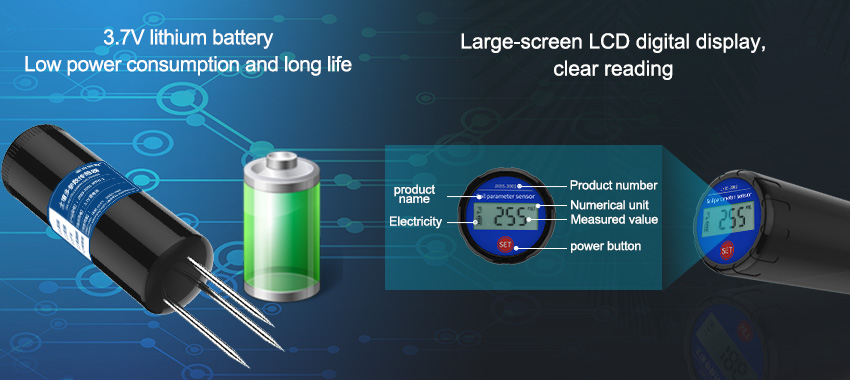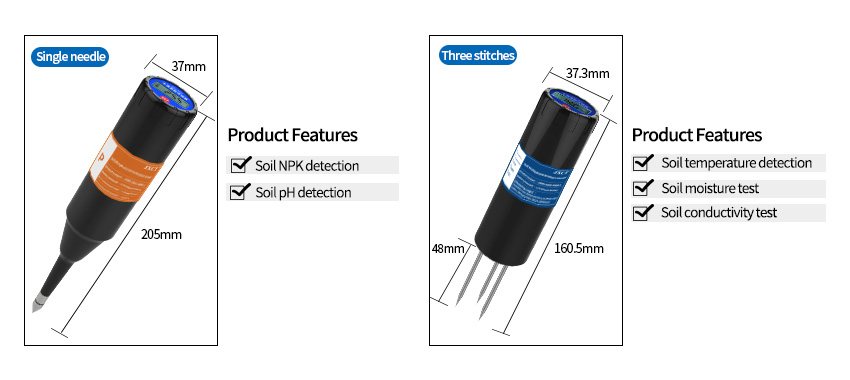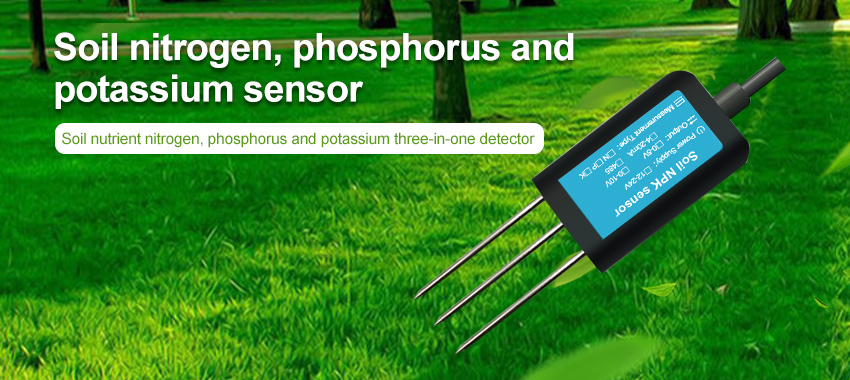Agriculture plays a vital role in feeding the growing global population. However, traditional farming practices often result in inefficient resource utilization and environmental degradation. To address these challenges, innovative technologies have emerged, with soil sensors leading the way. These sensors provide real-time data about soil conditions, enabling farmers to make informed decisions and revolutionize farming practices. This article explores the transformative potential of soil sensors and their role in enhancing agriculture.

The Need for Improved Farming Practices:
As the world population continues to expand, the agricultural sector faces increasing pressure to produce more food. However, conventional farming methods are often inefficient, leading to excessive water use, soil depletion, and nutrient runoff. These practices contribute to environmental degradation and can compromise long-term food security. Therefore, there is an urgent need to optimize farming practices and make them more sustainable.
Soil Sensors: Unleashing the Power of Data:
Soil sensors are advanced devices that measure various soil parameters, such as moisture content, temperature, nutrient levels, and pH. They provide real-time and accurate data on soil conditions, empowering farmers with valuable insights. By understanding the specific needs of their crops, farmers can optimize irrigation, fertilization, and other inputs, resulting in increased productivity and reduced waste.
Precise Resource Management:
Soil sensors enable farmers to monitor soil moisture levels, which is crucial for effective irrigation management. By receiving real-time information about soil water content, farmers can avoid overwatering or under-watering their crops. This precise resource management not only conserves water but also enhances crop health and reduces the risk of diseases associated with excessive moisture.
Tailoring Nutrient Application:
One of the key advantages of soil sensors is their ability to assess nutrient levels in the soil. By accurately measuring nutrients such as nitrogen, phosphorus, and potassium, farmers can apply fertilizers precisely where and when needed. This targeted approach minimizes nutrient runoff, reduces the environmental impact of fertilizers, and optimizes crop growth. Additionally, soil sensors can detect nutrient deficiencies or imbalances, allowing farmers to take corrective actions promptly.
Optimizing Crop Health and Yields:
By integrating soil sensors into their farming practices, farmers can closely monitor soil conditions and adjust inputs accordingly. This optimized approach enhances crop health and productivity. For example, soil sensors can detect changes in temperature and humidity, enabling farmers to implement appropriate disease prevention strategies. By identifying potential issues early on, farmers can take preventive measures and minimize crop losses.
Increasing Efficiency and Cost Savings:
Soil sensors contribute to improved overall farm efficiency and cost savings. By providing accurate data on soil conditions, farmers can make informed decisions regarding resource allocation. This eliminates the guesswork involved in traditional farming practices, ensuring that resources are used efficiently. As a result, farmers can reduce input costs, minimize waste, and enhance their economic returns.

Environmental Benefits:
The integration of soil sensors in agriculture has significant environmental benefits. By optimizing resource utilization, farmers can reduce water consumption, minimize chemical inputs, and prevent soil erosion. These practices promote sustainable land management, protect water resources, and preserve biodiversity. The precise application of inputs also reduces the risk of negative impacts on nearby ecosystems, promoting overall environmental stewardship.
Challenges and Future Developments:
While soil sensors offer immense potential, there are challenges to their widespread adoption. Initial investment costs, technical know-how, and accessibility to the technology are some barriers faced by farmers. However, advancements in technology and increased awareness are gradually addressing these challenges. The development of user-friendly interfaces, farmer training programs, and government support can accelerate the adoption of soil sensors in agriculture.
The future of agriculture lies in the integration of technology with sustainable practices. Soil sensors are just one piece of the puzzle. Further advancements in artificial intelligence, machine learning, and remote sensing will revolutionize farming practices. Integration with precision agriculture techniques, such as variable rate technology and autonomous machinery, will further enhance the productivity and sustainability of farming systems.
Conclusion:
Soil sensors are transforming agriculture by providing farmers with accurate and real-time data on soil conditions. This empowers farmers to make informed decisions rega







